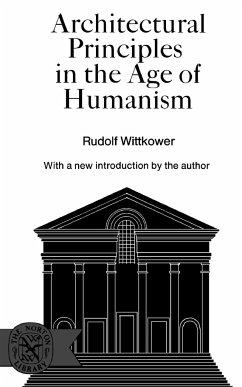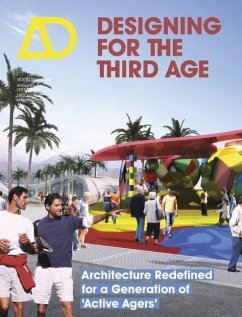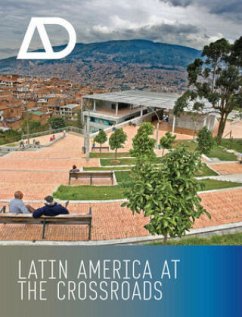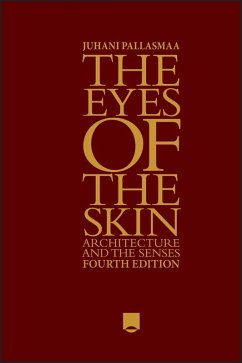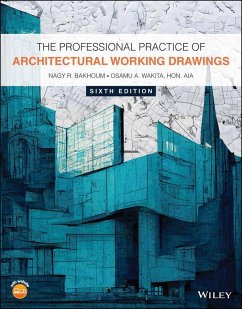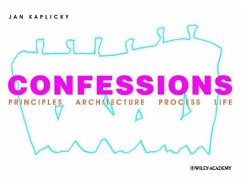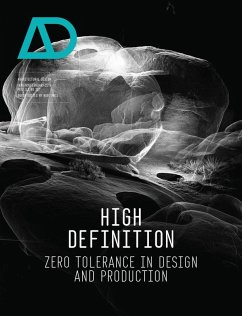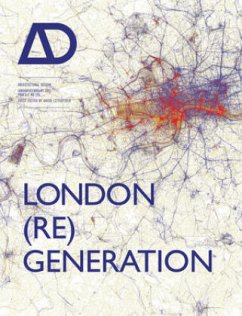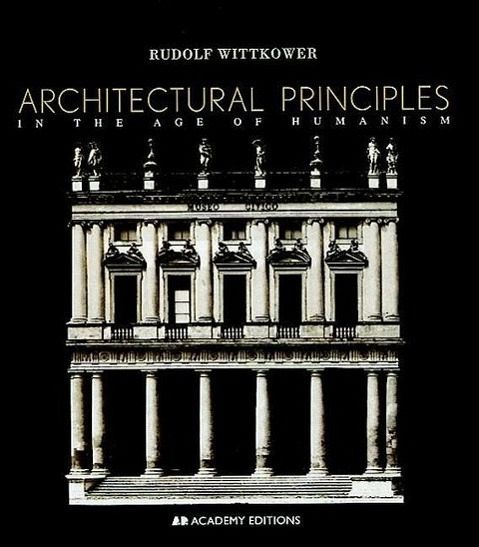
Architectural Principles in the Age of Humanism
Versandkostenfrei!
Versandfertig in 2-4 Wochen
72,99 €
inkl. MwSt.
Weitere Ausgaben:

PAYBACK Punkte
36 °P sammeln!
Seit Erscheinen der Erstauflage ist dieses Buch zu einem Klassiker geworden, der die Verbindung zwischen der Architektur und der Kultur der Renaissance beleuchtet. Wittkower hat definitive Erklärungen der wahren Bedeutung bestimmter Architekturformen gegeben und gleichzeitig die Grenzen einer rein ästhetischen Theorie der Architektur der Renaissance aufgezeigt. Diese 2. Auflage integrierte zum ersten Mal Abbildungen und Text im Großformat.
Focusing on the principal architects of that time-from Alberti to Palladio-this bestselling classic explains the true significance of certain architectural forms, bringing to light the connections between the architecture and culture of the period.
Focusing on the principal architects of that time-from Alberti to Palladio-this bestselling classic explains the true significance of certain architectural forms, bringing to light the connections between the architecture and culture of the period.



